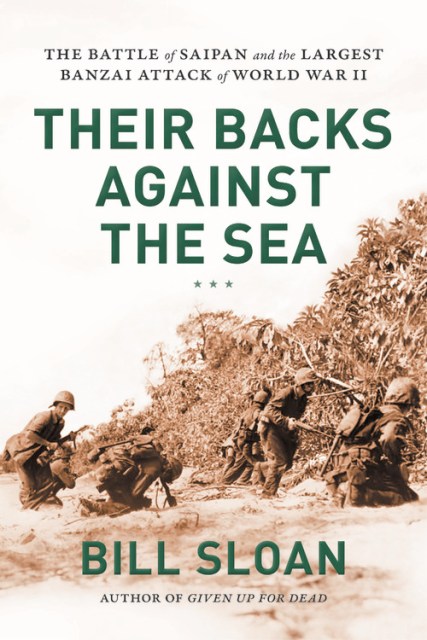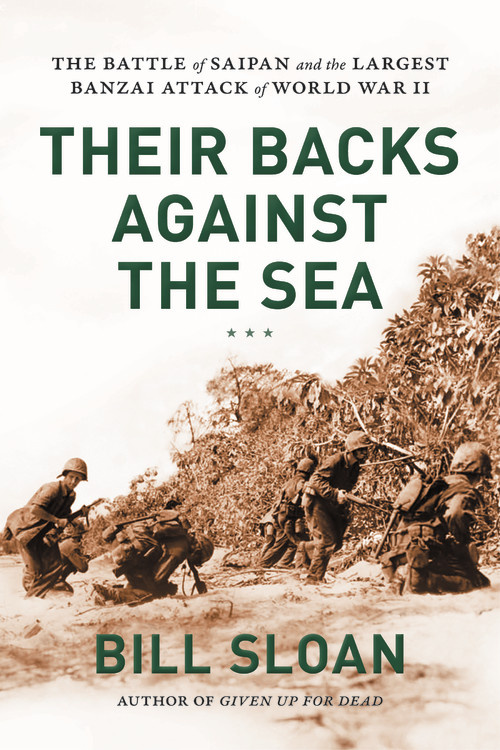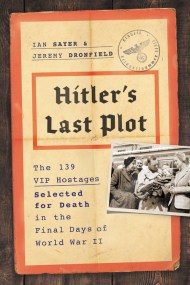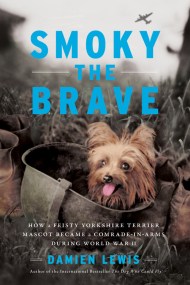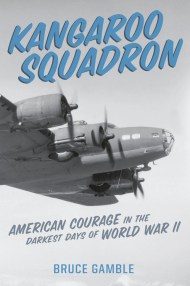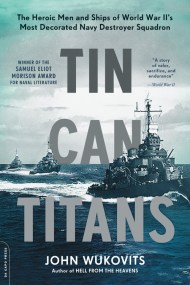Promotion
Use code MOM24 for 20% off site wide + free shipping over $45
Their Backs against the Sea
The Battle of Saipan and the Largest Banzai Attack of World War II
Contributors
By Bill Sloan
Formats and Prices
Price
$27.00Price
$35.00 CADFormat
Format:
- Hardcover $27.00 $35.00 CAD
- ebook $17.99 $22.99 CAD
- Audiobook Download (Unabridged)
This item is a preorder. Your payment method will be charged immediately, and the product is expected to ship on or around June 27, 2017. This date is subject to change due to shipping delays beyond our control.
Also available from:
The Battle of Saipan lasted twenty-five hellish days in the summer of 1944, and the stakes couldn’t have been higher. If Japan lost possession of the island, all hope for victory would be lost. For the Americans, its capture would result in secure air bases for the new B-29s that would put them within striking distance of the Japanese homeland. The outcome of the war in the Pacific lay in the balance.
In this gritty, vivid narrative, award-winning author Bill Sloan fuses fresh interviews, oral and unit histories, and unpublished accounts to describe one of the war’s bloodiest and most overlooked battles of the Pacific theater. Combining grunt’s-view grit with big picture panorama (and one of the ugliest inter-service controversies of the war), Their Backs against the Sea is the definitive dramatic story of this epic battle — and an inspiring chronicle of some of the greatest acts of valor in American military history.
Genre:
- On Sale
- Jun 27, 2017
- Page Count
- 304 pages
- Publisher
- Da Capo Press
- ISBN-13
- 9780306824715
Newsletter Signup
By clicking ‘Sign Up,’ I acknowledge that I have read and agree to Hachette Book Group’s Privacy Policy and Terms of Use
